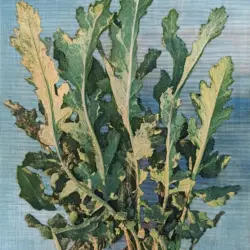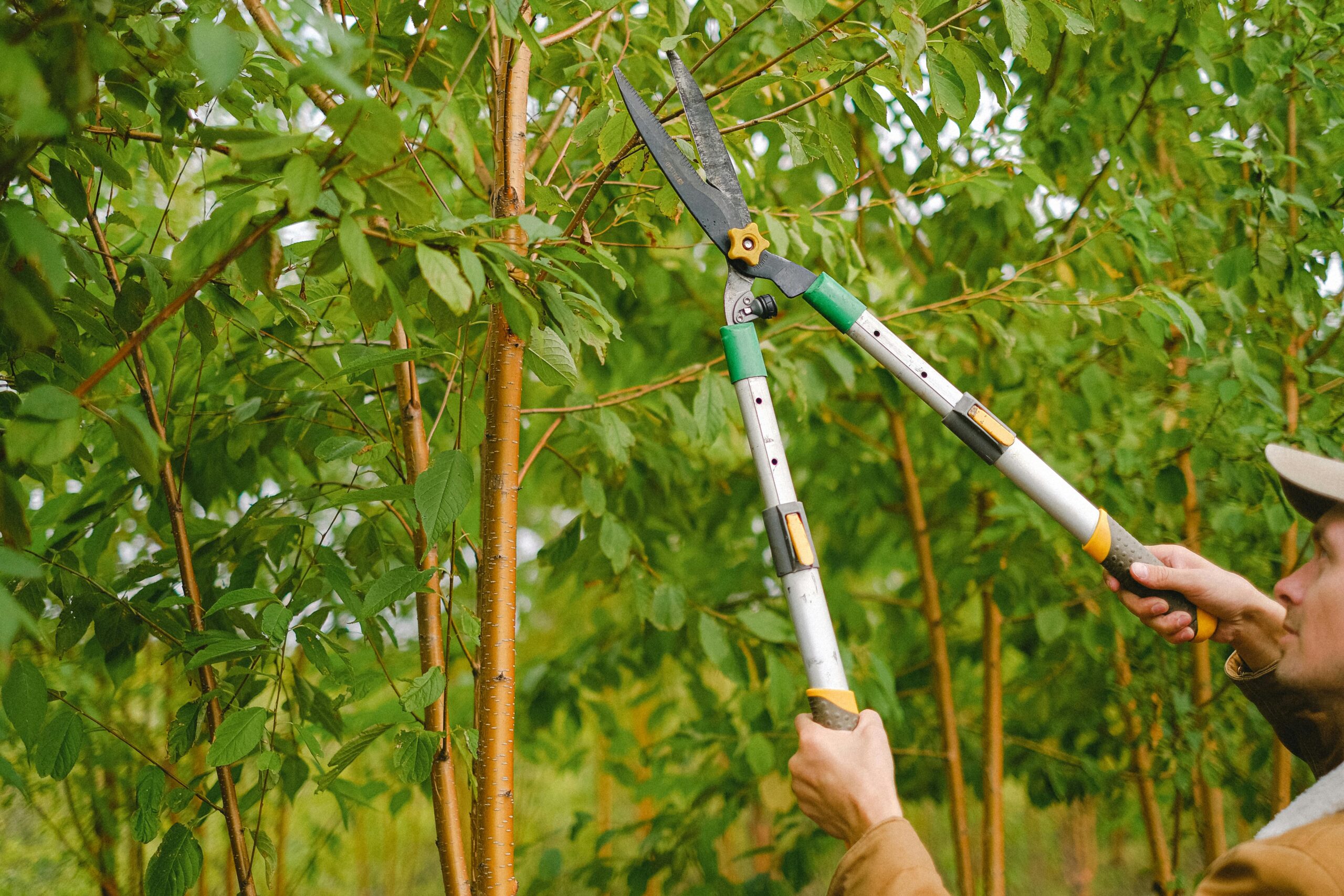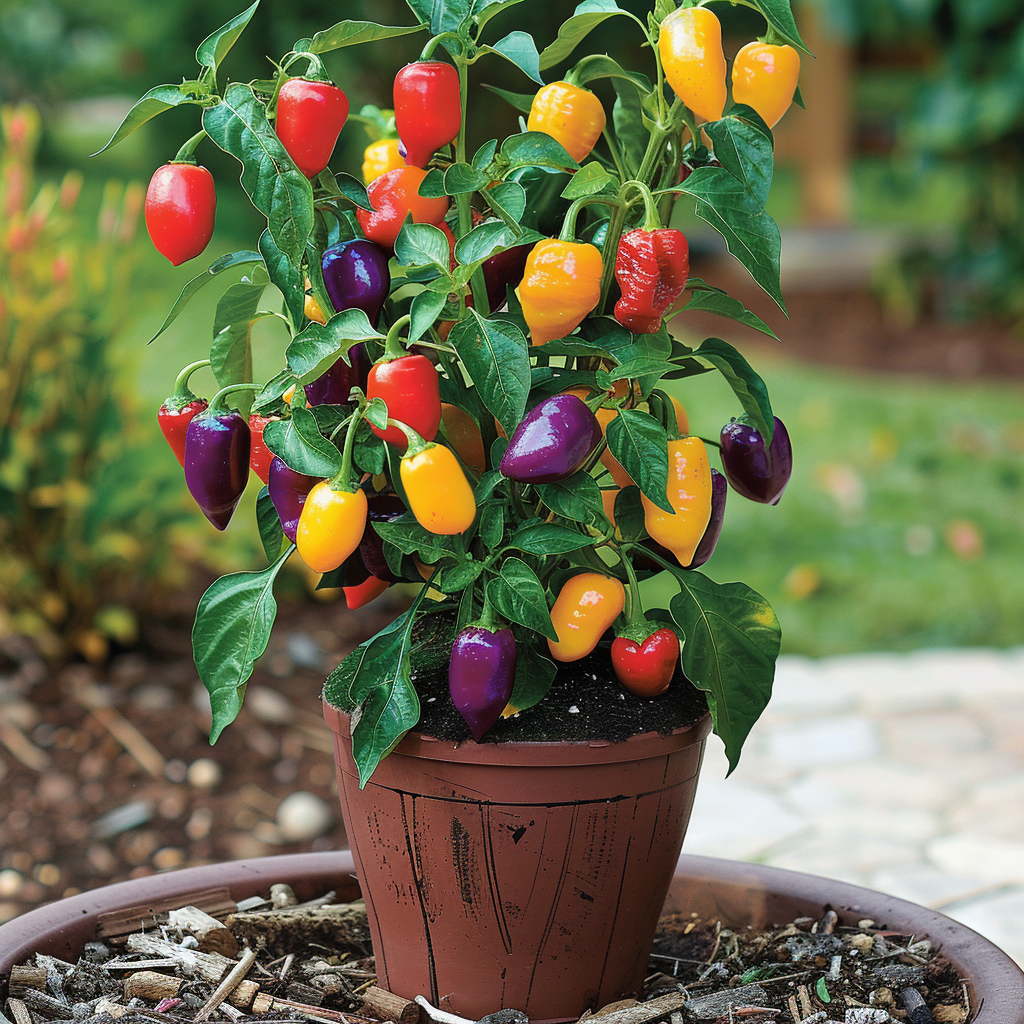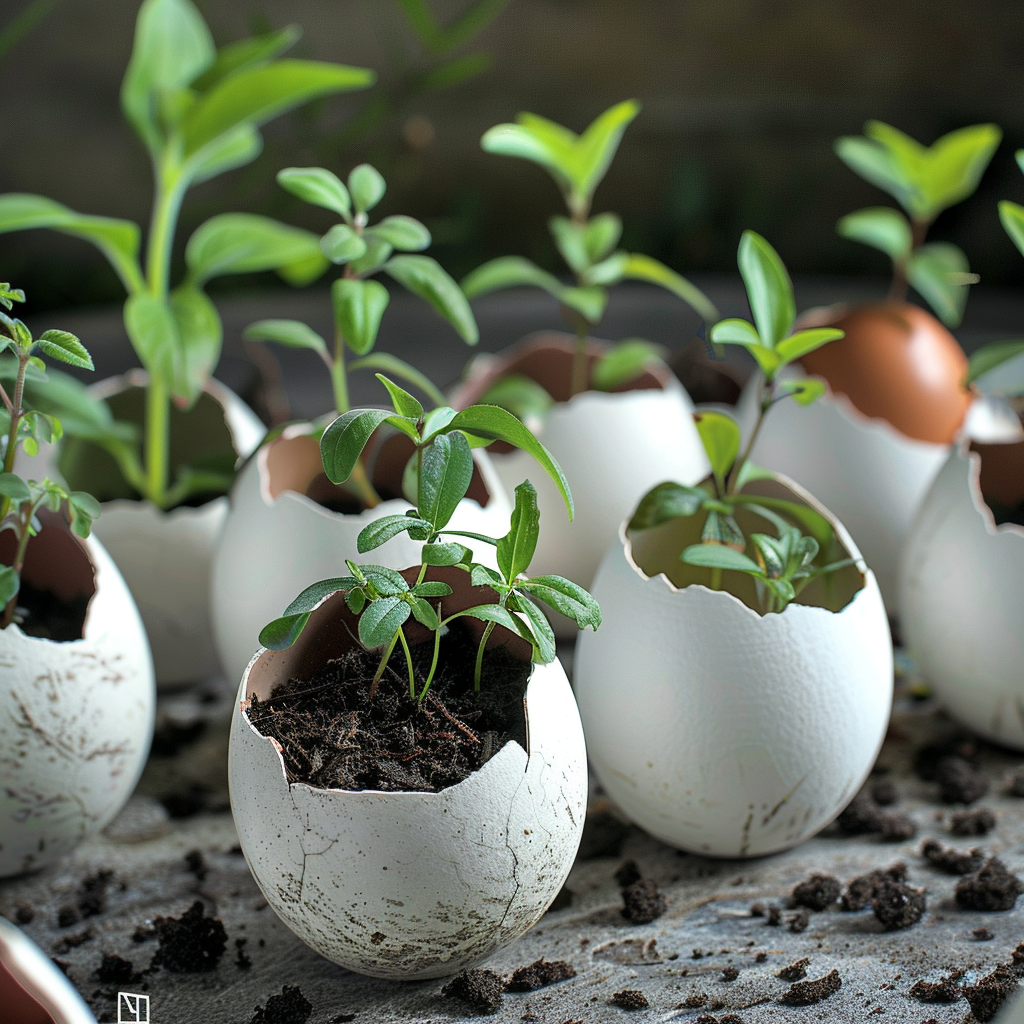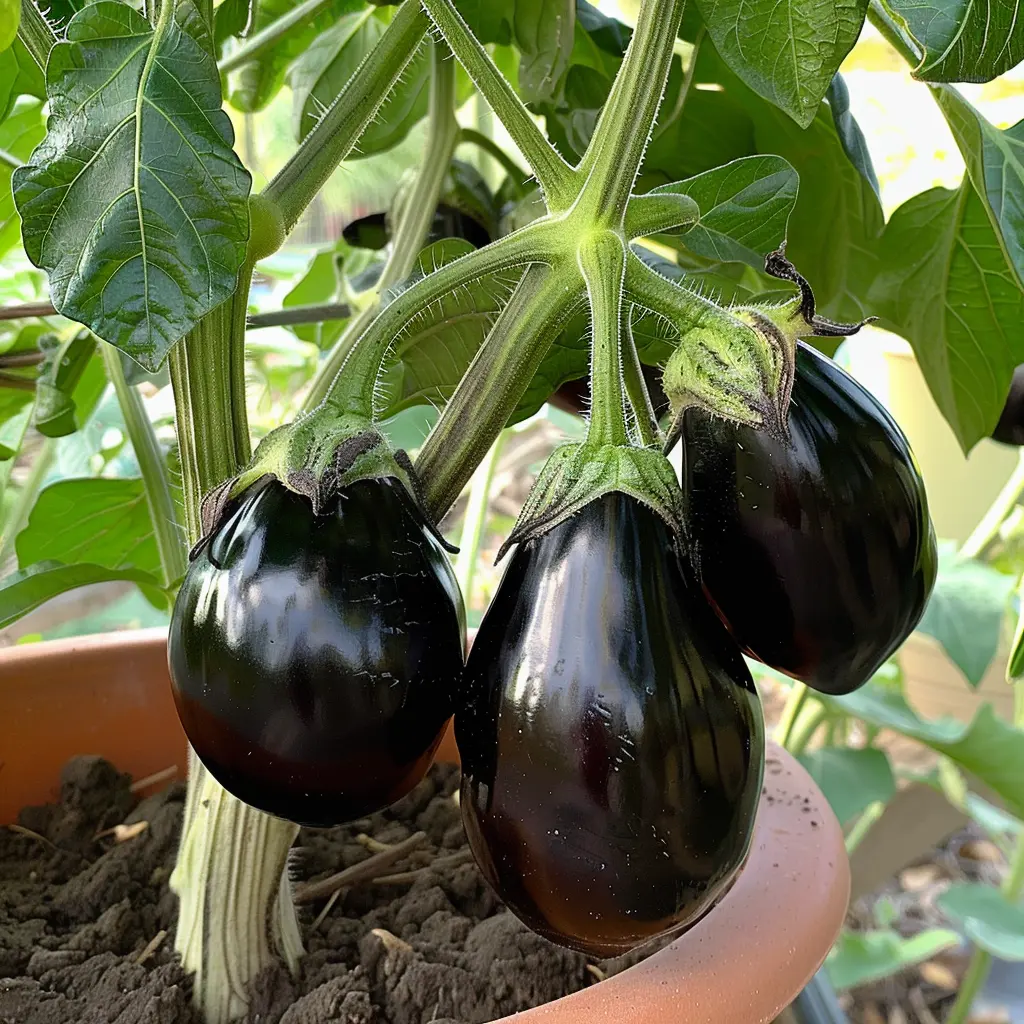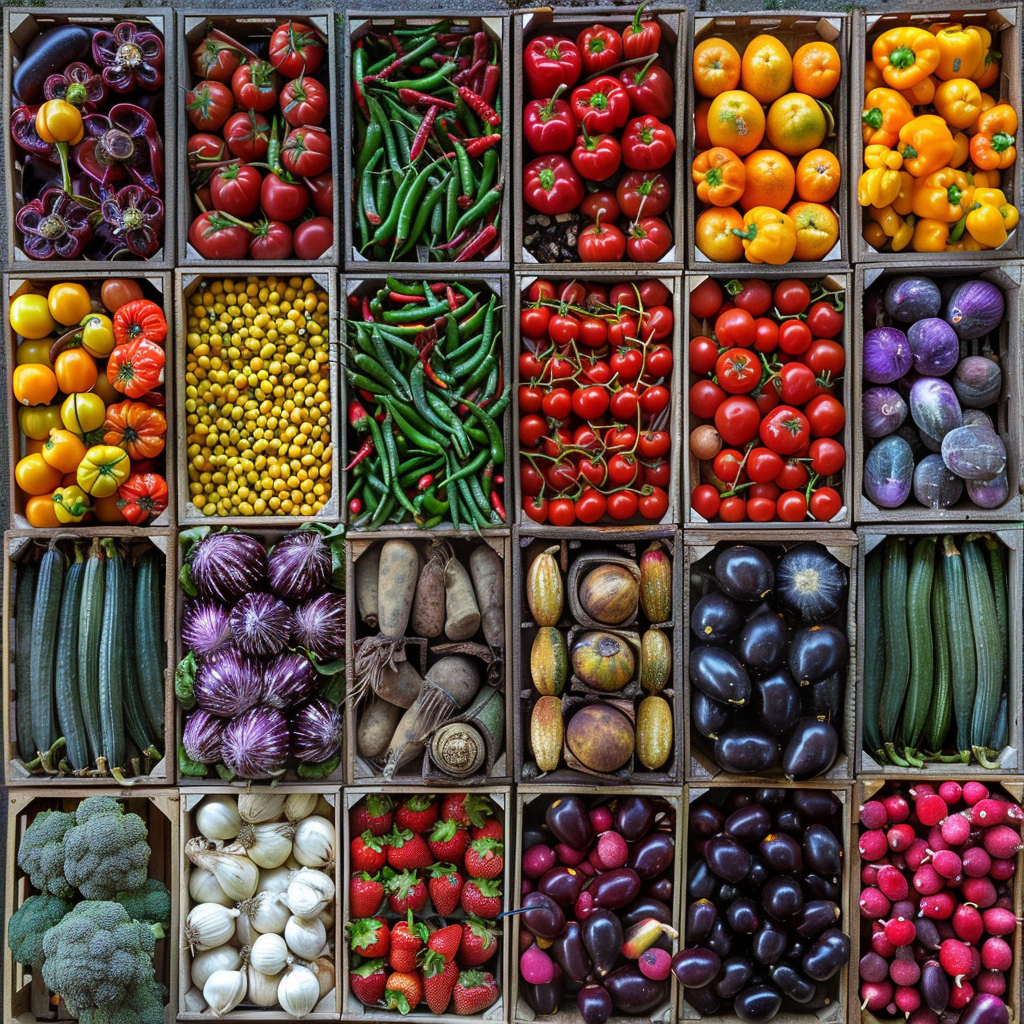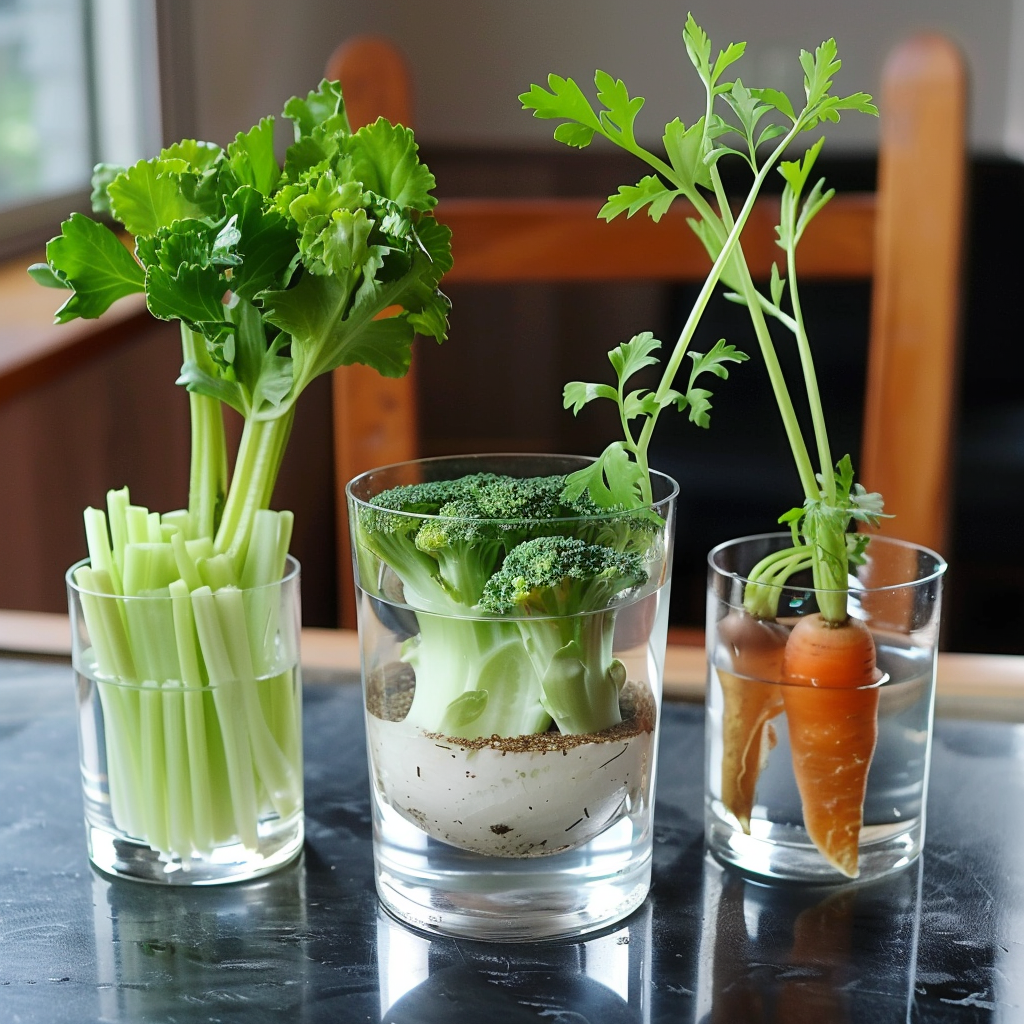WANT TO SAVE THIS RECIPE?
What You Need to Grow Cucumbers
Cucumbers come in two main varieties – vining and bush. Vining varieties require more space as they spread out vines along trellises or the ground. Bush cucumbers have a more compact growth habit.
When choosing cucumber varieties, also consider your planned use. Standard slicing cucumbers have thicker skin that may need to be peeled. Specialty English or hothouse cucumbers have very thin, edible skin. And smaller pickling cucumbers are ideal for canning into pickles.
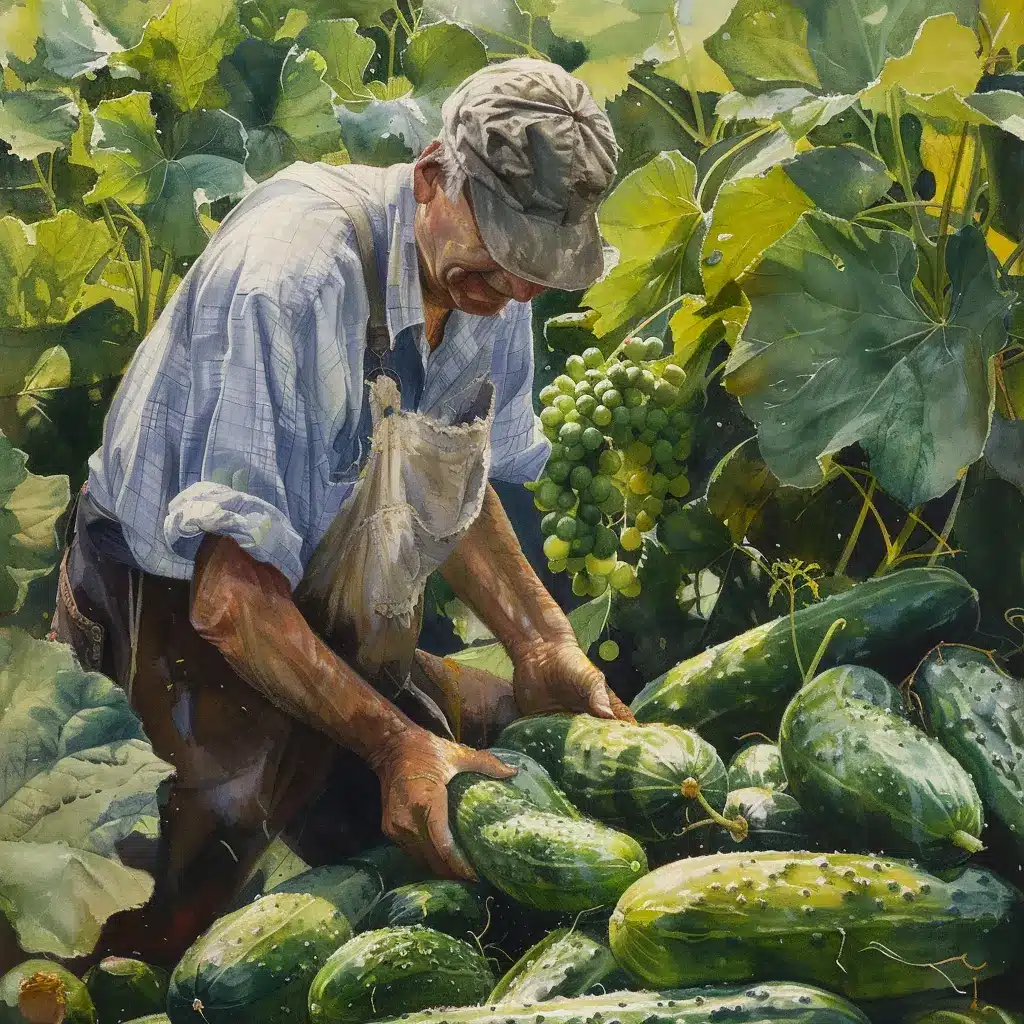
You can grow cucumbers from seeds or buy young seedlings to transplant. Seeds are cheaper but take longer to produce mature plants. Seedlings give cukes a head start, letting you skip the germination stage.
Cucumbers need full sun – at least 8 hours of direct sunlight per day. Plant them in soil with a neutral pH around 6.8. Work several inches of compost into your garden beds before planting. Compost improves drainage while providing nutrients.
Consider installing vertical supports like trellises and cages. These keep vining cucumber plants organized and prevent fruits from resting on the soil where they rot. Some gardeners mound soil into small hills around each plant to elevate fruits.
Wait until all danger of frost passes and soil warms above 65°F before moving seedlings or sowing cucumber seeds outdoors. Cucumbers are frost intolerant and germinate better in warm soil.
When and How to Plant Cucumber Seeds
You can either direct sow cucumber seeds into your garden beds or get a head start by growing transplants indoors.
If sowing seeds directly, wait 2-3 weeks after your last expected frost date for soil to thoroughly warm. Space seeds 12-18 inches apart in rows or hills. Cover with 1 inch of fine soil or compost.
For a continuous harvest, sow small batches of seeds every 2 weeks throughout the growing season. This staggering means plants reach peak production at different times.
If starting seeds indoors, plant 1-2 seeds in biodegradable pots 2-3 weeks before your last frost date. Place pots in a sunny spot and keep soil evenly moist. Harden off seedlings for 7-10 days before transplanting outdoors.
Take care not to disturb the roots when moving seedlings. Transplant 12-18 inches apart into rows or hills. Gently firm soil around stems and water well. Shelter transplants with cloches if cold snaps occur.
It’s perfectly normal for planted cucumber seeds to take 4-10 days to sprout. After sprouting, cucumber vines grow rapidly – be prepared to trellis and prune them as needed.
Companion Planting
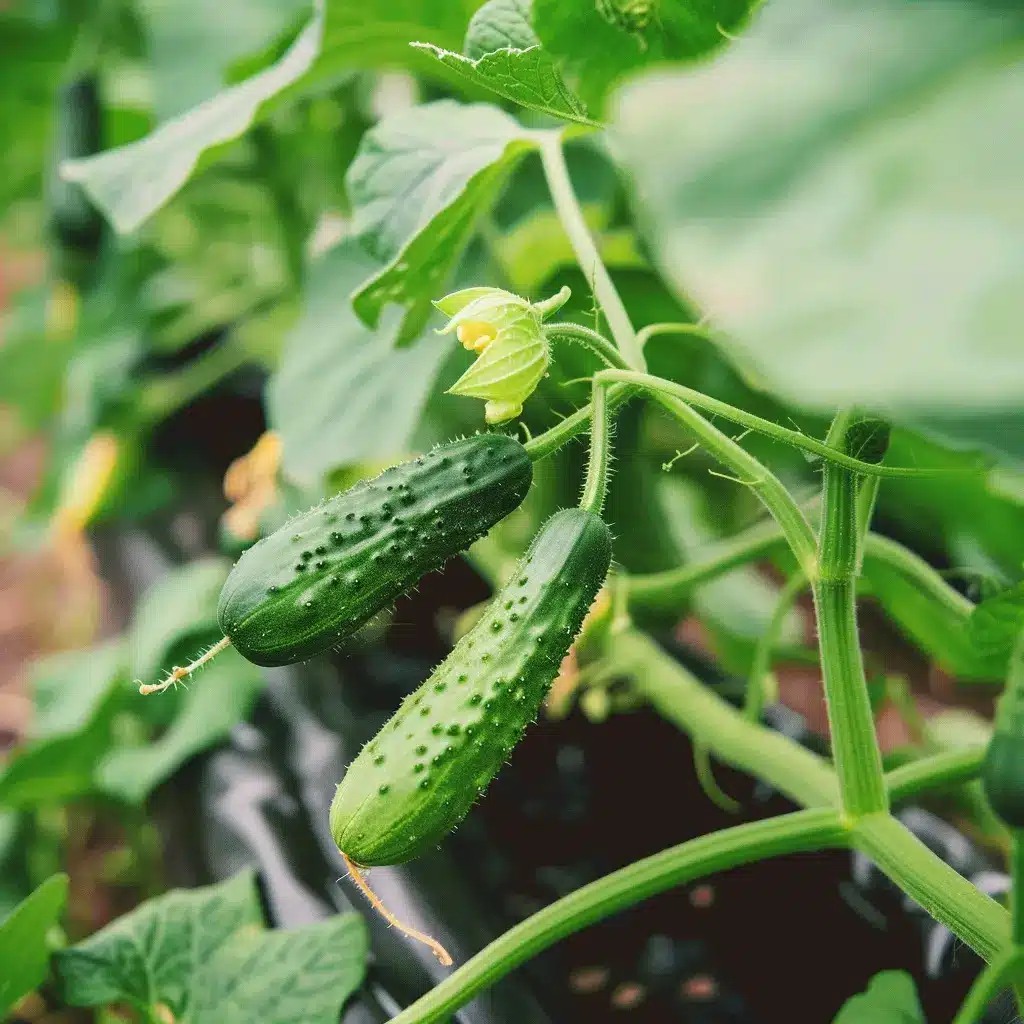
Certain other plants make great companions for cucumbers by deterring pests, improving soil conditions, or boosting pollination.
One of the best cucumber companion plants is radishes. Radishes mature quickly and naturally repel cucumber beetles with their spicy scent – a common cucumber pest. Plant a few radishes around the outer edges of your cucumber hills or rows. They’ll also help loosen and aerate soil.
Nasturtiums also deter beetles and aphids. Their bright flowers will attract pollinating bees and other beneficial insects to your garden.
Beans and peas can be grown near cucumbers as well. These legumes stabilize nutrients in soil through nitrogen fixation. They also provide vertical trellises that vining cucumber plants can grab onto.
On the other hand, avoid growing cucumbers near rue and sage. These herbs inhibit cucumber growth. And never plant cucumbers near potatoes – they are susceptible to many of the same blights.
Caring for Cucumber Plants
Cucumbers require consistent moisture to grow their large fruits. Plan to water plants at soil level roughly one inch per week. Increase watering to 1.5 inches weekly during the hottest, driest parts of summer to avoid growth stress and bitterness.
Adding 2-3 inches of organic mulch around plants will help maintain soil moisture while preventing weeds. Grass clippings, bark chips, straw or shredded leaves all make suitable organic mulch.
If possible, provide a weekly fish emulsion or compost “tea.” Dilute solutions of these all-natural fertilizers delivers vital nutrients. Otherwise, apply a general purpose vegetable fertilizer once every 3-4 weeks.
As vines lengthen, gently guide growth onto trellis structures or cages. Allow 1-2 vines per vertical support. Pruning isn’t necessary but pinching off ends once vines reach 6 feet will refocus energy into fruiting instead of further extension.
Maintain an open canopy by removing lower leaves shading fruits. Optimal sunlight and air circulation reduces disease pressure. But be careful not to over-prune leaves driving photosynthesis and growth.
Now that care basics are covered, here is the section on key cucumber growing tips:
Growing Tips for Cucumbers
Rotate cucumber planting beds each year to avoid buildups of soil diseases and pests. After harvesting, remove all vines and roots then work compost into beds to replenish nutrients. Only plant cucumbers in the same spot every 3 years.
Attract pollinators by planting flowers like cosmos, zinnias, and bee balm nearby. Their nectar entices bees, butterflies, and helpful wasps to your garden. Female cucumber blossoms must receive pollen from male blooms to begin swelling into fruit.
Apply floating row covers over beds after seeding or transplanting. The fabric allows sunlight, air and water penetration while forming a pest barrier. Drape covers loosely over wire hoops for easy access. Remove once female flowers appear so pollinators can get to work.
Here are the details on properly harvesting ripe cucumbers:
Harvesting Cucumbers
The key to continual cucumber production is picking early and often. Begin harvesting fruits when they reach your preferred size. This halts growth signaling the plant to keep flowering and fruiting instead of bulking up existing cucumbers.
Use a sharp knife or pruners to cut fruits from vines – don’t pull and risk damaging plants. Harvest every 2-3 days once ripening quickens. Seek out cukes hiding beneath dense foliage.

Leave approximately 1/4 inch of stem attached to each fruit for best post-harvest quality. Handle carefully to avoid bruises and abrasions.
Enjoy freshly picked cucumbers within 5-7 days. Store ripe cukes wrapped in paper towels inside perforated plastic bags in the fridge. Adding ice slows moisture loss and texture changes – aim for around 95% humidity.
Lack of pollination
Cucumbers require pollination to begin developing their fruits. Female blossoms have tiny fruit structures at their base which receive pollen from male flowers. Without this transfer, the ovaries won’t swell into cucumbers.
Issues with pollination typically stem from too few pollinators visiting flowers. Native bees, honeybees, butterflies, beetles, and other insects carry cucumber pollen between male and female blooms as they feed on nectar.
If you notice many flowers but no fruit set, try attracting more pollinators by planting zinnias, cosmos, bee balm, and other flowering plants around your garden. Their nectar-rich blossoms will draw in a diversity of helpful bugs.
Additionally, you can manually pollinate flowers by collecting pollen from male flowers using a small brush or cotton swab. Transfer the yellow grains to the center of female blossoms to fertilize them one-by-one. This is time intensive but ensures pollination if no insects are present.
Pests
Cucumber plants face attack from various insects and arthropods. Beetles and their larvae chew foliage and tender stems. Sap-sucking aphids stunt growth by depriving plants of nutrients. Burrowing squash vine borers paralyze vines.
Carefully check under leaves to identify creatures damaging your cucumber crop. Seek out ladybugs and other predatory insects to naturally control pests. These “good bugs” feed on problem insects, regulating their populations.
Insecticidal soap sprays can control infestations by dissolving soft bug bodies. Always follow label precautions and reapply as needed. For large pests, hand removal followed by destroying eggs or larvae prevents reinfestations.
Floating row covers also create insect barriers, preventing eggs and adults from reaching cucumber plants. Drape the fabric over hoops soon after transplanting or emergence then secure the edges with soil, sand bags, or stones. Make sure to remove covers once female flowers open so pollination can still occur.
Diseases
A variety of fungal, bacterial and viral plant diseases may also weaken cucumber vines and limit fruit production. Common culprits like anthracnose, downy and powdery mildews, mosaic virus, wilt, and blights cause distinct symptoms. But all produce spots, wilting, dieback, molds, cankers, and decay.
Prevent diseases by improving garden sanitation and cultivation practices. Space plants appropriately to encourage airflow circulation. Water at the soil-line instead of wetting foliage. Apply thick organic mulch layers to suppress splash soil pathogens.
Remove the first infected plants immediately after noticing issues. Dispose of diseased plants away from garden beds to avoid contamination. Never compost diseased cucumber vines, stems or fruits. Sterilize tools after cutting out infections.
Fungicides and bactericides may help protect healthy plants in bordering areas. Always read and precisely follow pesticide labels for handling guidelines. Time applications before rainfall so products resist washing off.
Choose disease-resistant or tolerant cucumber varieties when available. Many reputable seed companies now sell hybrids and cultivars bred to better withstand powdery mildew, mosaic, scab, cucumber green mottle mosaic virus and other common yield-robbing diseases.
Animal Pests
Hungry wildlife won’t hesitate to munch ripening cucumber fruits. Deer, groundhogs, squirrels, chipmunks, and birds all relish the refreshing, nutrient-packed treat. Stop them before they take too big a bite out of your harvest.
Install welded wire or woven wire perimeter fencing at least 5 feet high around vegetable gardens. Bury the bottom few inches to prevent animals from squeezing underneath. Fasten a single electrical wire along the top if deer frequent the area. The mild shock trains them to stay out without causing harm.
Drape bird netting over cucumber plants as fruits size up. Secure all edges to prevent birds or small mammals from sneaking in. Barriers should be snug but avoid resting directly on plants themselves.
Organic animal repellents made with rotten eggs, predator urine, hot pepper oil, and other natural irritants may also deter hungry pests. Apply these sour-smelling solutions around plants as an added line of defense. Reapply monthly or after heavy rainfalls.

